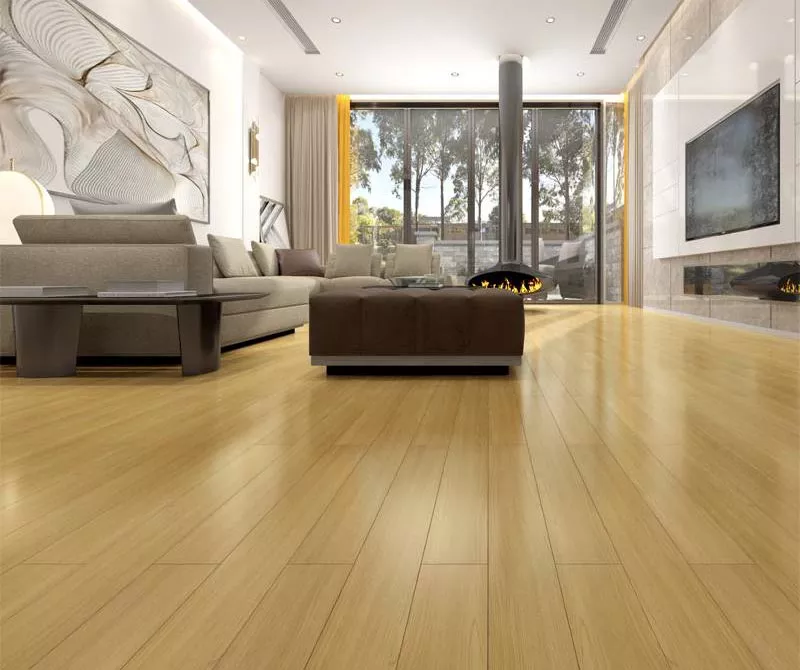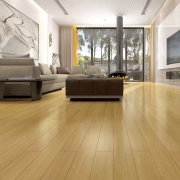
Fortunately, there are some steps that can make removing laminate sheet flooring a breeze. The first step is to ensure that you don’t damage the transition pieces that separate adjoining rooms. Then, use a pry bar to remove the adjoining floor planks. Make sure you don’t remove the u-track, which will allow the adjoining floor planks to come off with it.
Floor scraper
If you’re planning to remove laminate sheet flooring, you’ll need a floor scraper. These tools are great for scraping away the surface layer of your flooring and are 10 times more effective than manual scrapers. Floor scrapers are also useful for removing old tiles, carpet tiles, vinyl sheeting, and cement and plaster from walls.
You can also use a heat gun to loosen any remaining adhesive. Make sure to use a low setting, and then gently wave the heated gun around the joint between the flooring and the underlayment. This will help loosen the glue and allow the floor scraper to scrape it up.
First, remove any existing laminate sheet flooring. The glued-on planks are usually attached to the subfloor or intermediate layer. If you have a wide area to scrape, a reciprocating saw with a floor scraper attachment may be the best tool. Glue remover solution is available at hardware stores and will help dissolve the adhesive. Be sure to wear safety gear and follow the instructions on the product.
Heat gun
If you’re looking for a faster way to remove laminate sheet flooring, you can use a heat gun. You should use a low-setting heat gun and hold the nozzle a few inches above the flooring. After the glue has become loose, you can lift the edges and pull the flooring off.
Once the glue has loosened, you can use the heat gun to loosen the top side of the flooring. If the glue is too tough to loosen, you can use mineral spirits or water to loosen it. Be sure to carefully follow the manufacturer’s instructions before using the heat gun.
The next step is to remove the existing tile. Once the tiles are loose, you can turn the heat gun up and use a putty knife to remove the underlying adhesive. If the tile is broken, you may have to pry up each tile individually.
Adhesive residue
If your laminate floor has a stubborn adhesive residue, you can use a putty knife to scrape the glue off. Alternatively, you can use a single-sided razor blade. Another option is to use liquid dishwashing soap mixed with warm water. The solution should be applied to a clean cloth and left on the floor for several hours. In a pinch, you can use plastic wrap to protect your laminate floor from moisture while you work.
First, you should mix some dish detergent and warm water and apply it to the adhesive residue. You should notice that it starts to dissolve and starts coming off. However, you should avoid applying too much of the solution as this could deteriorate your flooring. You can also try to paint thinner as it will help you get rid of old adhesive residue. Just make sure that you soak the area first.
Sticky residues can make your laminate floor look bad. As they attract dust and dirt, they build up and form a lumpy mess. This can be the result of an adhesive spill or using the wrong cleaning solution. Thankfully, there are several simple ways to clean sticky laminate floors.
Disposal of laminate sheet flooring
When it comes to disposing of laminate sheet flooring, you can choose to recycle it or dispose of it in a landfill. Recycling is a good option because it will not pollute the environment and can be a great way to reduce waste. However, some recycling centers do not accept old laminate sheet flooring, so it is important to check with a local manufacturer for information.
Some people choose to burn their laminate flooring, but this is not a good idea because it causes air pollution and wastes raw materials. Although this method might be beneficial in some cases, it has negative effects on the environment. Instead, you can try to recycle the fibers and use them to make other materials.
If you choose to recycle laminate flooring, it is important to remember that up to 85% of its mass can be recycled. This means that most of the flooring can be turned into fibers or wood chips. However, the process is too complicated for most local recycling facilities. You may have to take the old flooring to a landfill yourself, which will require more time and work.




Leave a Reply
Want to join the discussion?Feel free to contribute!